POPULATION DISPLACEMENT IS AN URGENT NEED
At a recent conference, the Ho Chi Minh City Party Committee approved the Ho Chi Minh City Planning Policy for the 2021-2030 period, with a vision to 2050, and the Project to Adjust the General Planning of Ho Chi Minh City to 2040, with a vision to 2060. Mr. Nguyen Van Nen, Politburo member, Secretary of the Ho Chi Minh City Party Committee, emphasized that this is an extremely important task and has special significance for the sustainable development of Ho Chi Minh City. Up to this point, the planning has been implemented very elaborately and seriously, although it is slower than the general schedule, but because the city is large and spacious, many issues need to be carefully arranged and calculated.
The adjusted master plan of Ho Chi Minh City determines that by 2040, the population will be 13 million people, increasing to 14.5 million people by 2050 and reaching 16 million people by 2060. Ho Chi Minh City orients urban development according to 5 sub-regions: central, eastern, north-northwest, western and southern. These sub-regions are considered as 5 satellite cities of Ho Chi Minh City.
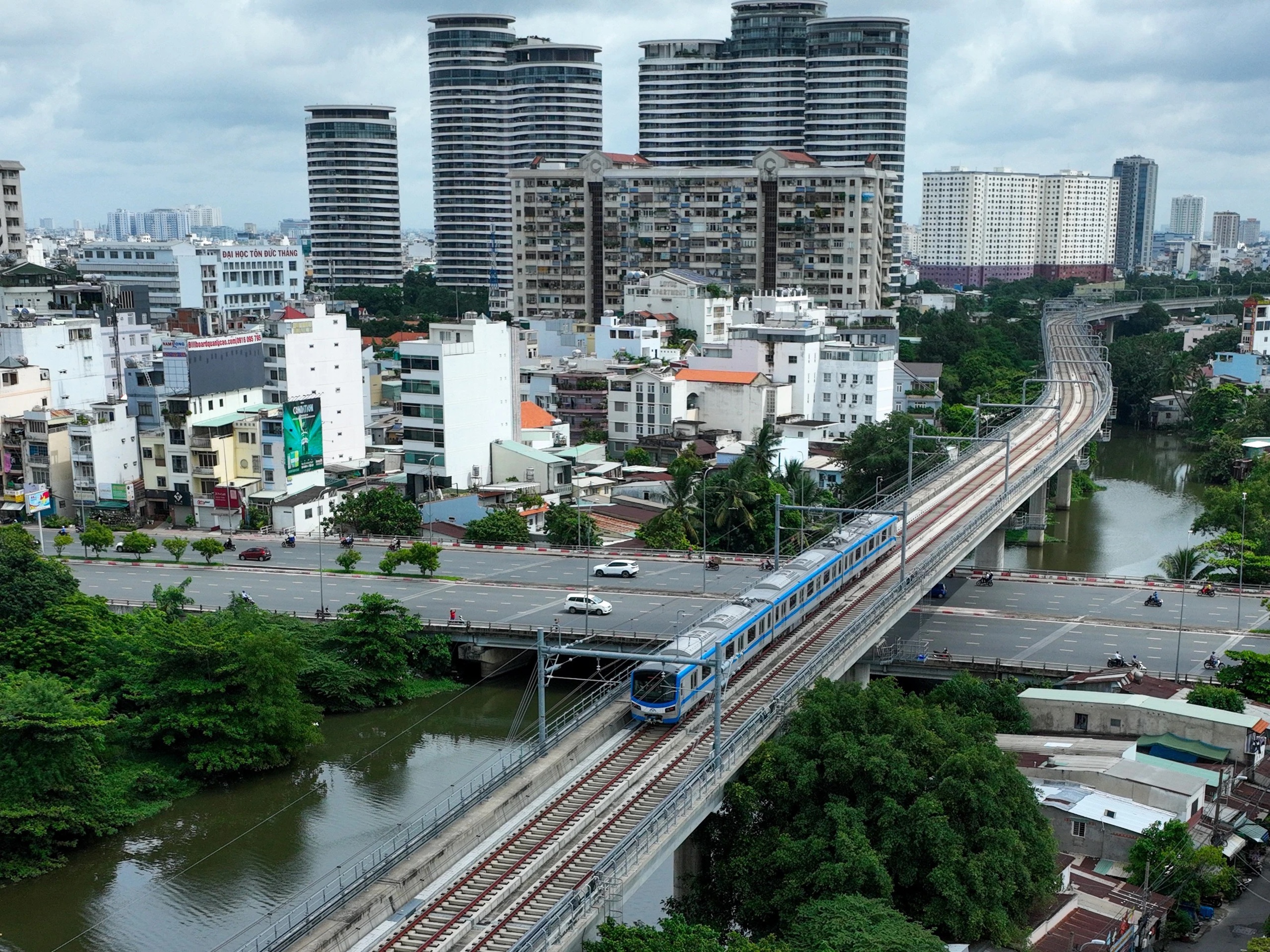
Metro is the main means of transport connecting future satellite cities in Ho Chi Minh City.
Nearly 15 years ago, the multi-center urban model was proposed in the 2010 Ho Chi Minh City Master Plan Adjustment Project with the goal of forming 4 satellite cities in 4 directions: east, west, south, north to disperse the population away from the central area. However, to date, only the eastern city has been formed, which is the existing Thu Duc City. Meanwhile, the current status of each planned subdivision has inadequacies that are difficult to resolve, especially cramped housing in the central area as well as housing along canals, lack of public space, traffic congestion...
Mr. Duong Anh Duc, Secretary of District 1 Party Committee, cited the example of people in Cho Ga and Cho Gao areas (Cau Ong Lanh Ward) living in cramped spaces, with high risk of fire and explosion, and very difficult living conditions. "Some families have to sleep in shifts because of the cramped space. There is a plot of land only 15 square meters wide but has 4-5 households living there," Mr. Duc stated the situation. Not far away, Ma Lang area (Nguyen Cu Trinh Ward) is in the same situation. Although the locality has called for investment many times to renovate the urban area, because it is located in the planning area of 930 hectares (the existing central area, including part of Districts 1, 3, 4, Binh Thanh) with restrictions on height and land use coefficient, investors come to inquire and then "never return".

Ho Chi Minh City aims to develop into 5 cities following a multi-center model.
Sharing the same situation of dilapidated houses, people in many suburban areas of Ho Chi Minh City are facing a dilemma when they have land but cannot build houses because of "suspended" planning. There are projects that have been going on for decades without construction, while the family has many new members.
METRO WILL BE THE BACKBACKGROUND
Mr. Hoang Minh Tuan Anh, Chairman of District 7 People's Committee (formerly Head of the General Planning Management Department of the Department of Planning and Investment), said that the old project wanted to develop 4 satellite cities to disperse the population from the city center but could not do so because of lack of investment in technical infrastructure and social infrastructure. Mr. Tuan Anh believes that the TOD model (urban development according to public transport orientation) will be the solution for Ho Chi Minh City in the future. Specifically, along the urban railway line, residential areas will be formed around the station in a compact but not spread-out urban style.
In further discussion, Director of the Department of Planning and Investment Nguyen Thanh Nha said that in order to develop a compact urban area, the planning must still include population targets, especially investment in infrastructure, road expansion and welfare works. Compared to the existing central area, developing a compact urban area in the area from Ring Road 2 to Ring Road 3 will be more convenient because there is still a lot of vacant land.
In this adjustment of the master plan, Ho Chi Minh City added road connections to strengthen the central position of Ho Chi Minh City such as extending Nguyen Huu Tho street, connecting the coastal road in Tien Giang, connecting Long Thanh airport, especially identifying urban development areas according to the TOD model along the metro line and Ring Road 3 under construction.
Mr. Tran Quang Lam, Director of the Department of Transport, said that in the urban railway system development project, Ho Chi Minh City aims to complete 6 urban railway lines/sections with a length of 183 km by 2035, with a total cost of more than VND 871,000 billion (more than USD 36 billion). To achieve this goal, Ho Chi Minh City proposed 28 mechanisms in 6 groups on planning; land acquisition, compensation, resettlement support; capital mobilization; order, procedures, and construction investment authority; technical standards, technology, norms, unit prices; and management and exploitation organization.
Regarding the TOD development plan, the Department of Natural Resources and Environment identified 10 potential locations along metro line 1 (Ben Thanh - Suoi Tien) and metro line 2 (Ben Thanh - Tham Luong) with a total area of over 290 hectares. These are lands directly managed by the state. In addition, it is estimated that there are nearly 360 hectares of land along 3 metro lines (numbers 3, 4, 5) managed and used by organizations, households, and individuals that can also be exploited according to the TOD model. It is estimated that this land fund will generate revenue for the budget by 2035 of about 120,500 billion VND.
Affirming that from now until 2030, Ho Chi Minh City will still maintain 16 districts, 5 counties (Binh Chanh, Nha Be, Can Gio, Hoc Mon, Cu Chi) and Thu Duc City, Chairman of Ho Chi Minh City People's Committee Phan Van Mai said that this period will consolidate and increase the quality of technical infrastructure, 5 suburban districts will focus on building infrastructure towards urban criteria to become a city under the province (city within a city - PV ). After 2030, Ho Chi Minh City will organize urban areas according to a multi-center model and by 2040, 5 cities will be formed like the current Thu Duc City. At that time, metro will be the main connection method.
SPECIAL MECHANISM REQUIRED
Assessing that the master plan adjustment project this time inherits the multi-center urban orientation as the right direction, Chairman of District 7 People's Committee Hoang Minh Tuan Anh said that it is necessary to define the core areas of the city in the future to include in the planning. "As South Saigon City identifies District 7 as the center, where is the center of the western city, the northern city? We must identify the center to concentrate public investment capital, socialize development, 10 years later, when the infrastructure is solid, the districts will be confident to become cities", Mr. Tuan Anh proposed.
In addition to orienting satellite cities for the future, local leaders believe that immediate problems need to be solved. The Chairman of the People's Committee of District 7 cited that Ho Chi Minh City has many projects to relocate houses along canals but the progress is very slow, with District 7 alone having 2,000 houses. If we follow the old path of compensation prices for people, it will not be solved, because most of the houses on and along canals do not have papers or certificates. Comparing with current regulations, they are not compensated but only supported, and with the support money received, they certainly cannot buy a house to stabilize their lives. "If we continue with the old way of doing things, it will still not be solved in 10-20 years," said Mr. Tuan Anh.
Similarly, District 1 Party Secretary Duong Anh Duc said that a special mechanism is needed to increase the height of construction works and increase the land use coefficient to solve the problem of crowded housing in the existing central area.
In the role of connecting businesses, Mr. Tran Phu Lu, Director of the Ho Chi Minh City Trade and Investment Promotion Center, said that after the planning is approved, it is necessary to identify a list of projects calling for investment associated with major goals such as green economy, financial center, and logistics. Because to attract foreign investment resources, planning is the first factor. At the same time, Mr. Lu said that it is necessary to study mechanisms and policies for each goal to be attractive enough to attract investors. For example, forming a financial center, the model that countries have shown to form a financial center is not only stated in the planning but also the mechanisms and policies to attract facilities and financial institutions, connecting the financial center with domestic financial institutions.
Mr. Lu also pointed out that the biggest reason for the disbursement of public investment capital as well as projects that are stuck or suspended is land recovery. "For foreign investors, in addition to transparency in project legal documents, they also raise the issue of land recovery progress. If there is good planning and good mechanisms but the creation of clean land funds and no mechanism for pre-recovery to be ready for investors, they will lose opportunities compared to other localities," Mr. Lu added.
Mobilizing people to build metro
Regarding the metro development project with a capital scale of more than 36 billion USD, Chairman of the Ho Chi Minh City People's Committee Phan Van Mai acknowledged that this is a large number and needs a breakthrough mechanism to mobilize resources. The Chairman of Ho Chi Minh City shared that when studying foreign urban areas, metro is an inevitable means of development. The investment capital is mainly from the budget, only a few items have social resources. For example, Busan City (Korea), revenue from ticket sales, advertising, and rental costs only account for 40 - 50%, the rest must be compensated by the budget and the exploitation mechanism from the land fund along the route.
Mr. Phan Van Mai analyzed that if 36 billion USD is divided in 10 years, nearly 4 billion USD per year is not too much, including capital mobilization and debt repayment later. "HCMC does not raise the issue of borrowing ODA but will borrow from the people through metro bonds," Mr. Mai said. Some large banks in the area affirmed that if the interest rate is equal to or higher than the interest rate of government bonds, they can mobilize this amount.
When the metro network is available, the head of the Ho Chi Minh City People's Committee said it will not only help solve traffic congestion but also develop multi-center urban models, exploit underground space and develop overhead space.

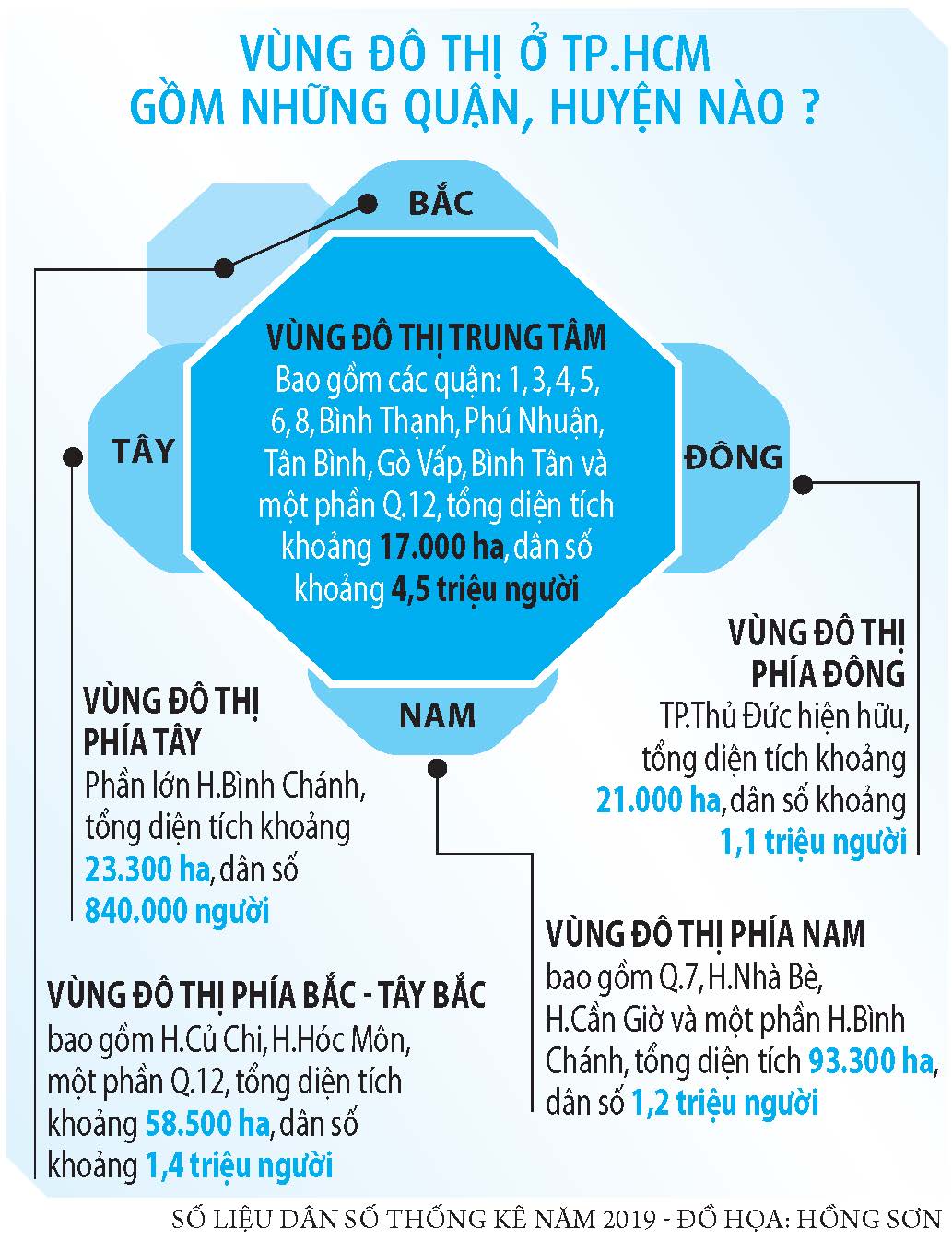
Source: https://thanhnien.vn/tphcm-phat-trien-thanh-pho-ve-tinh-185240616231621754.htm


![[Photo] Visiting Cu Chi Tunnels - a heroic underground feat](https://vstatic.vietnam.vn/vietnam/resource/IMAGE/2025/4/8/06cb489403514b878768dd7262daba0b)





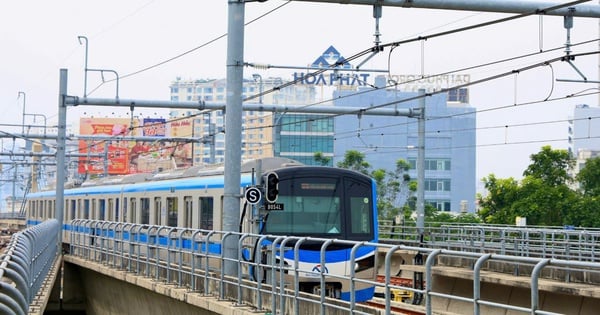

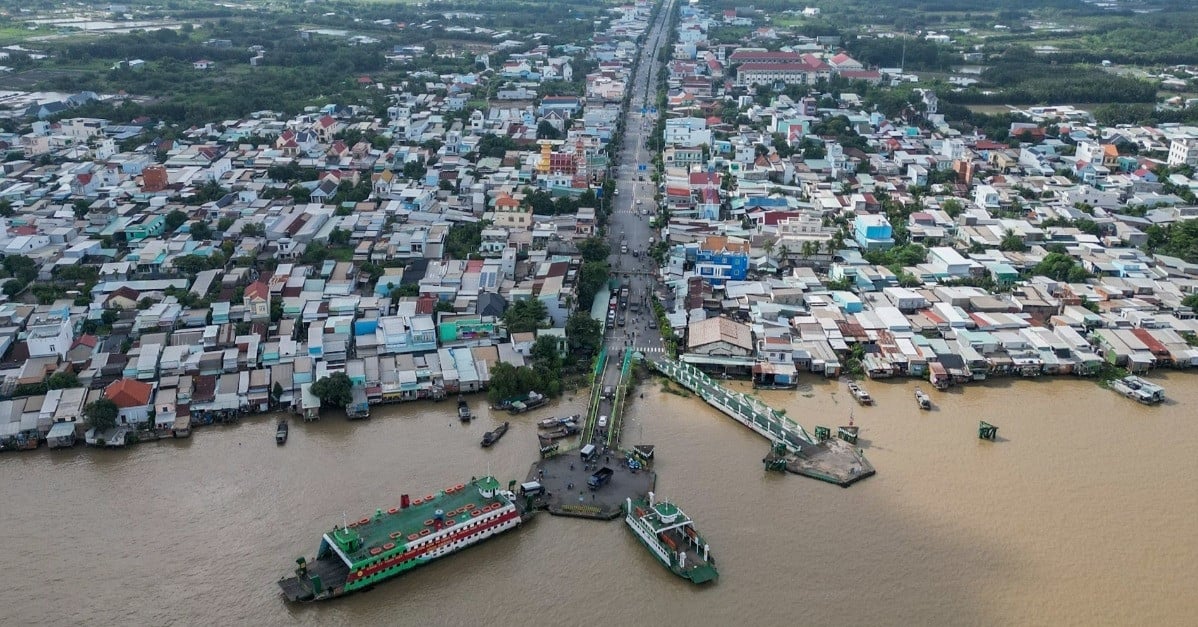

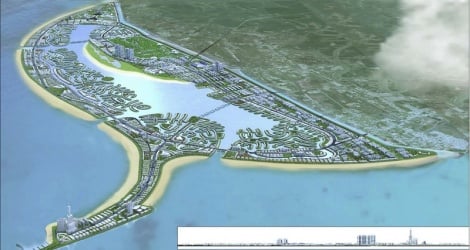

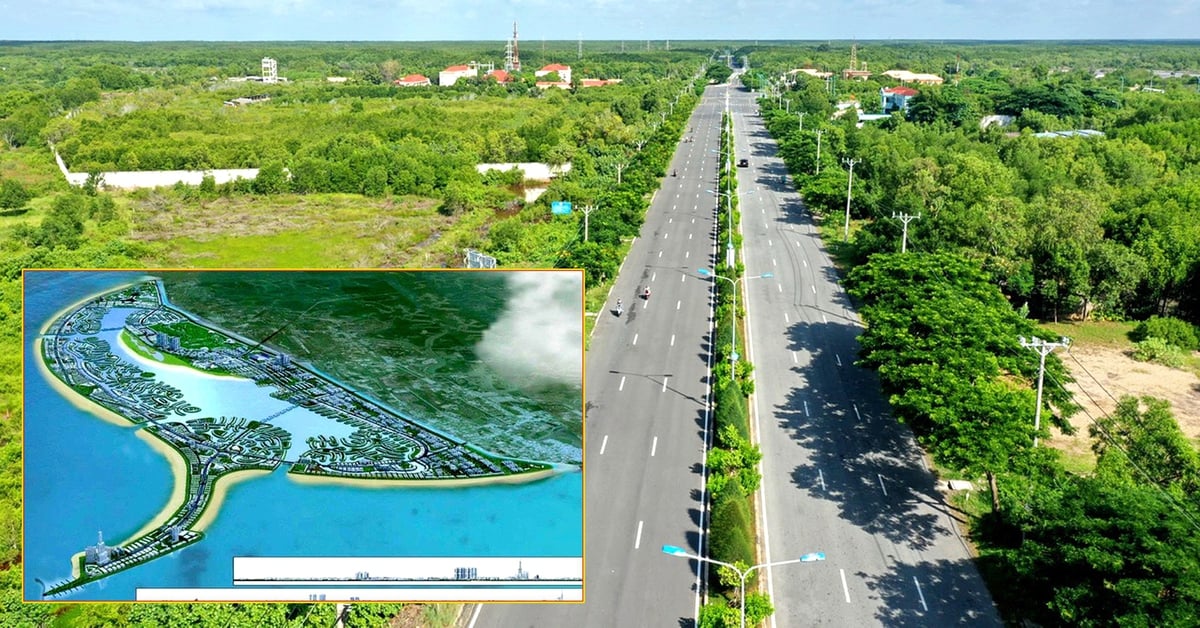

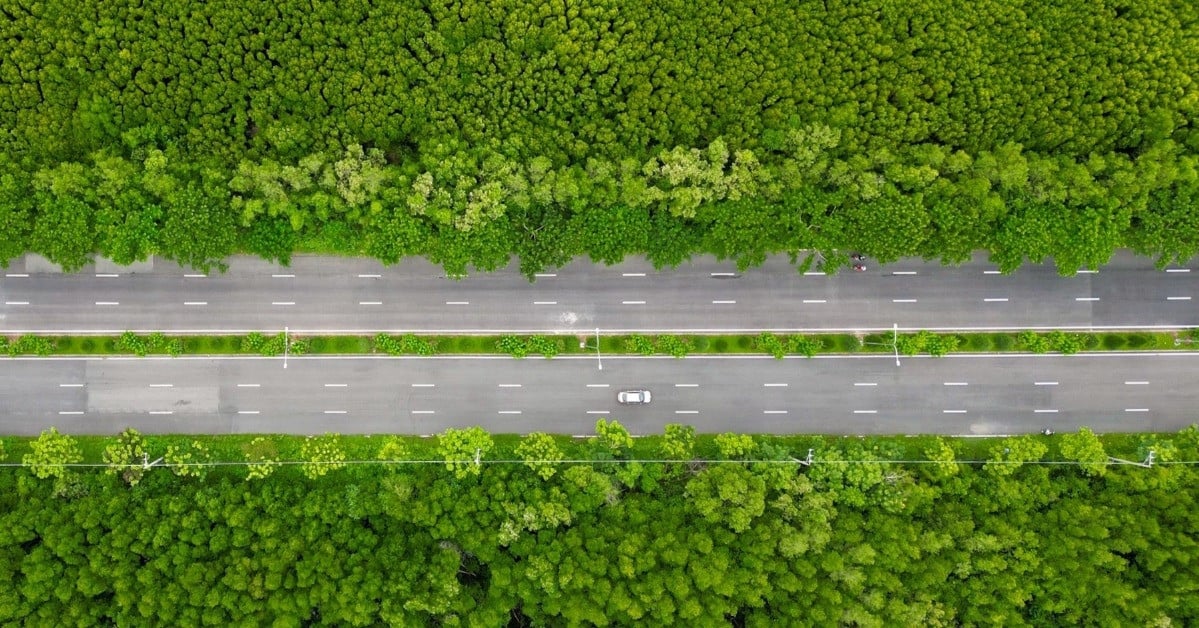
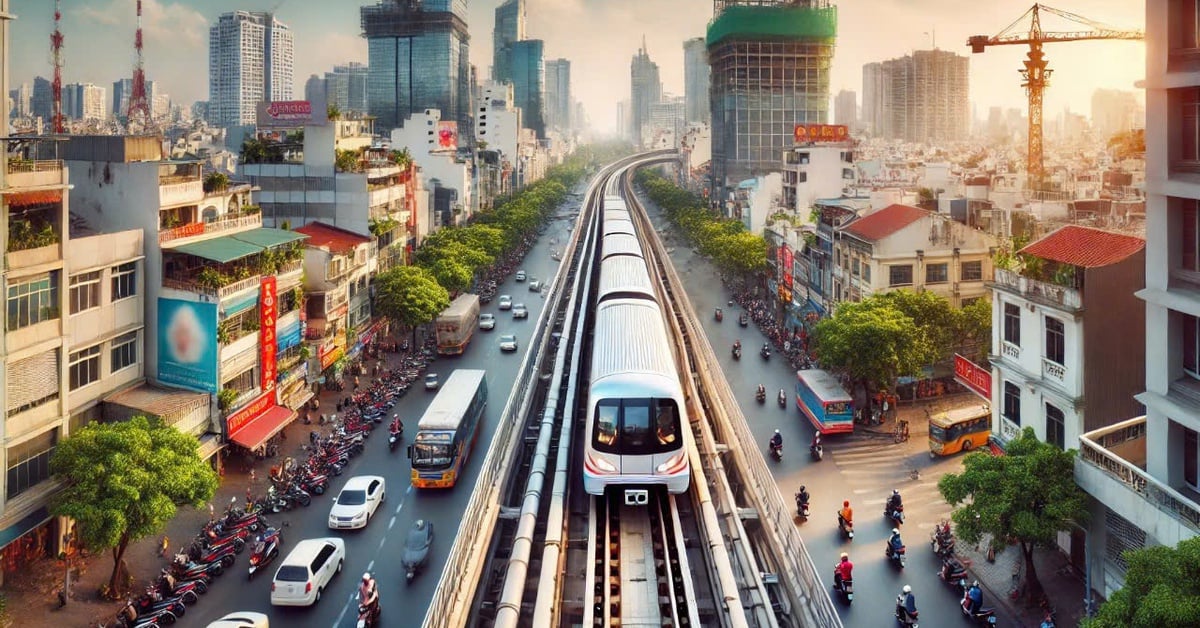
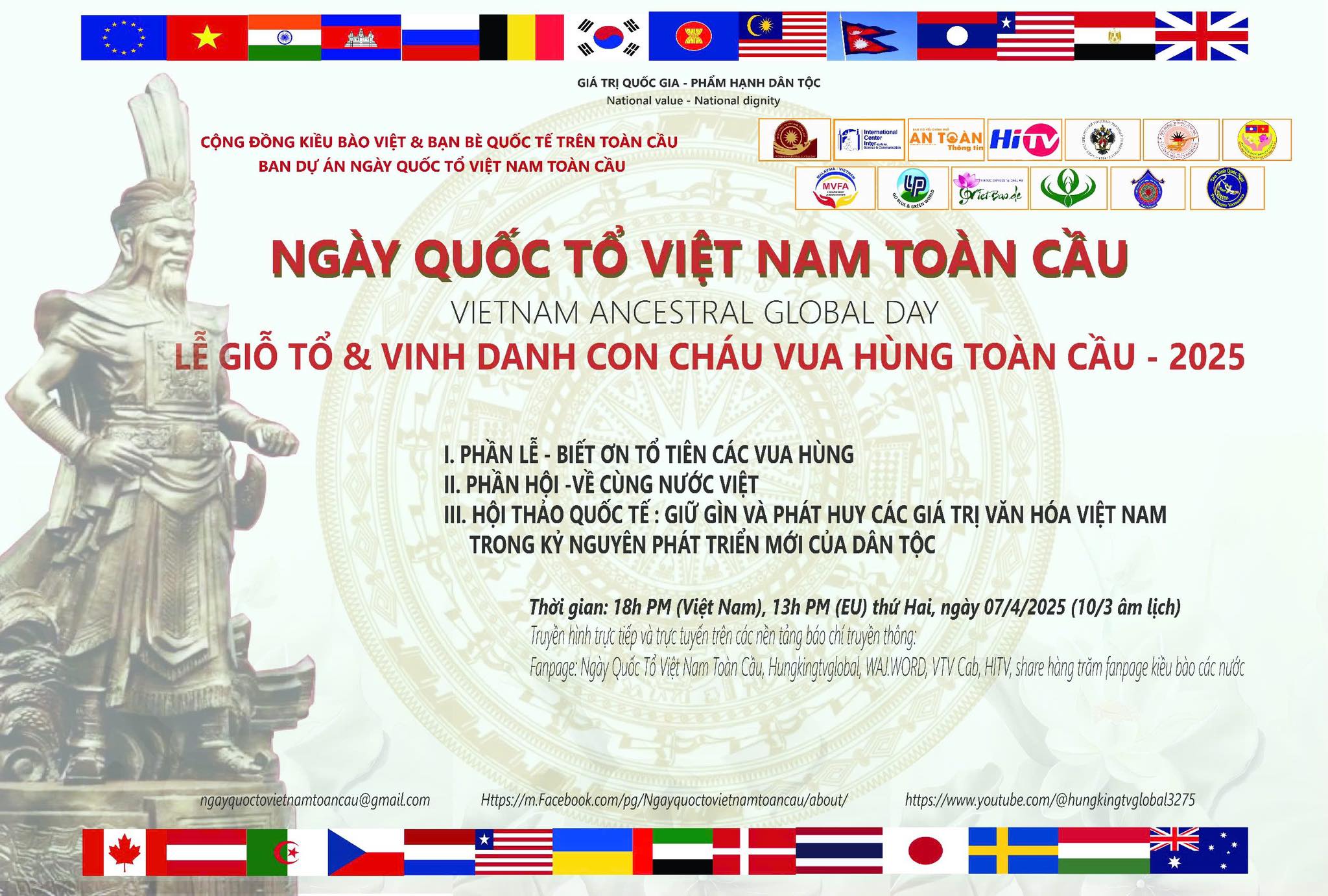

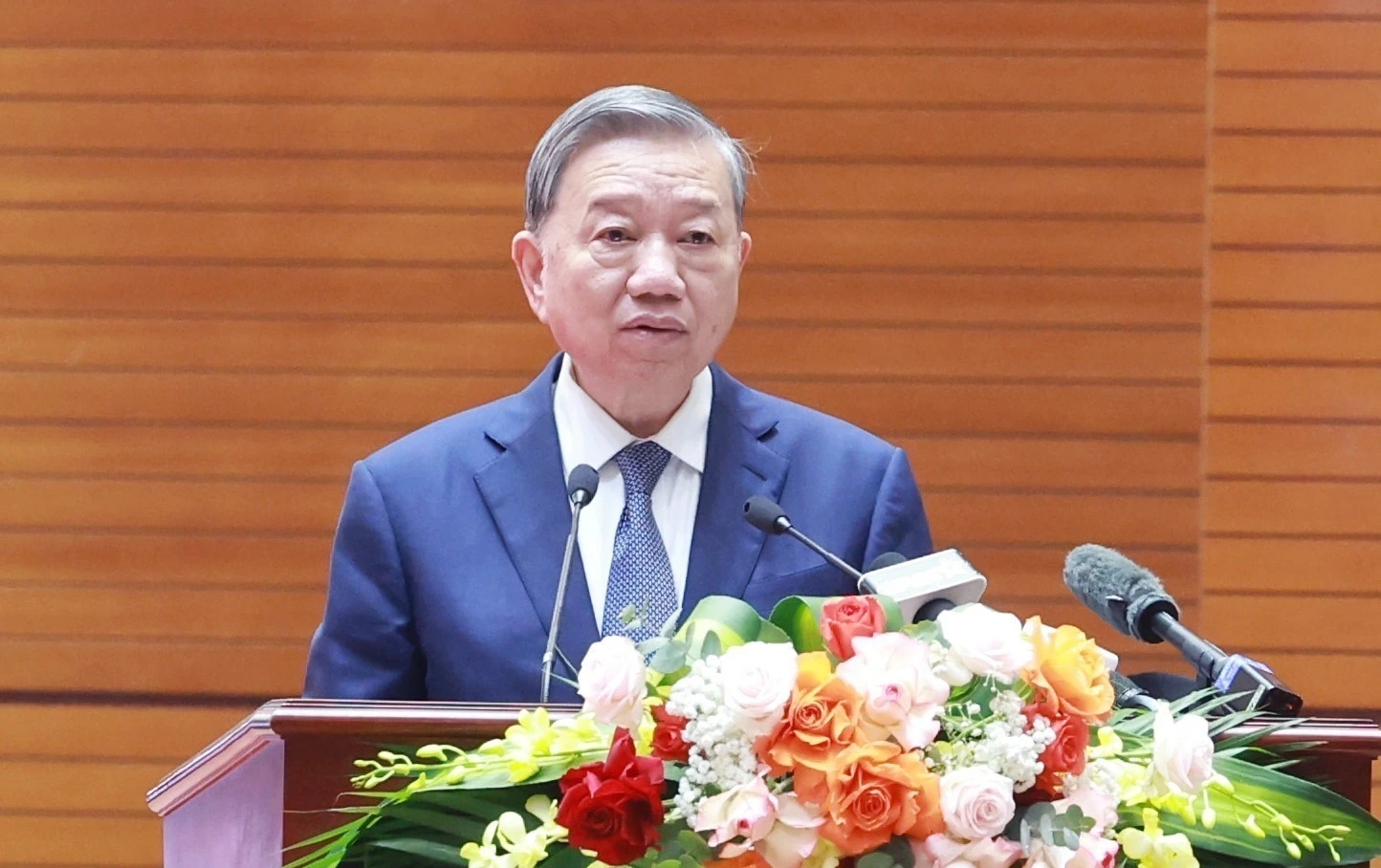
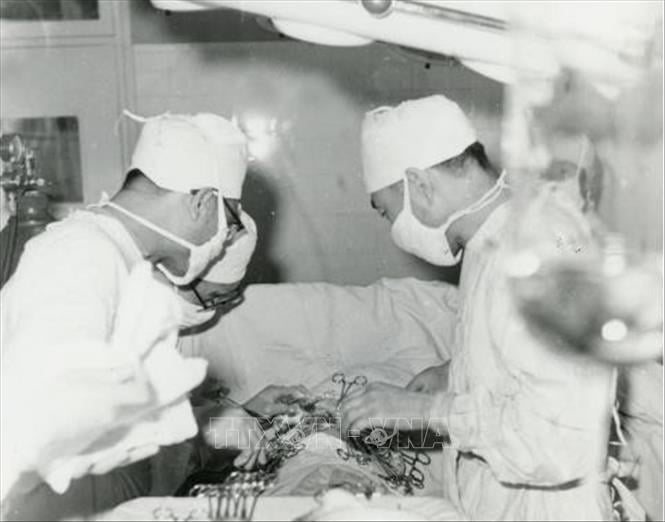
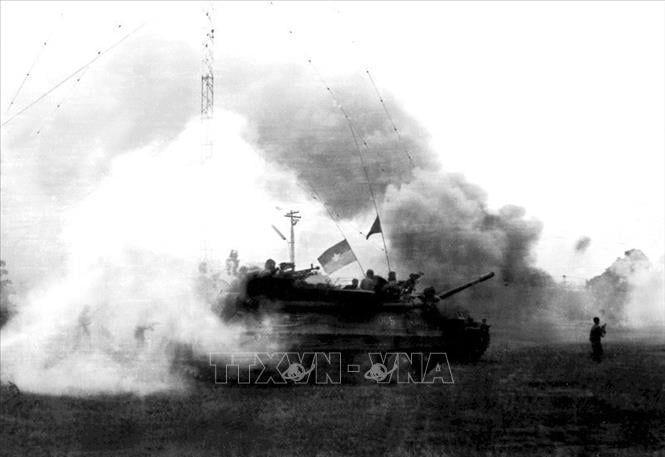
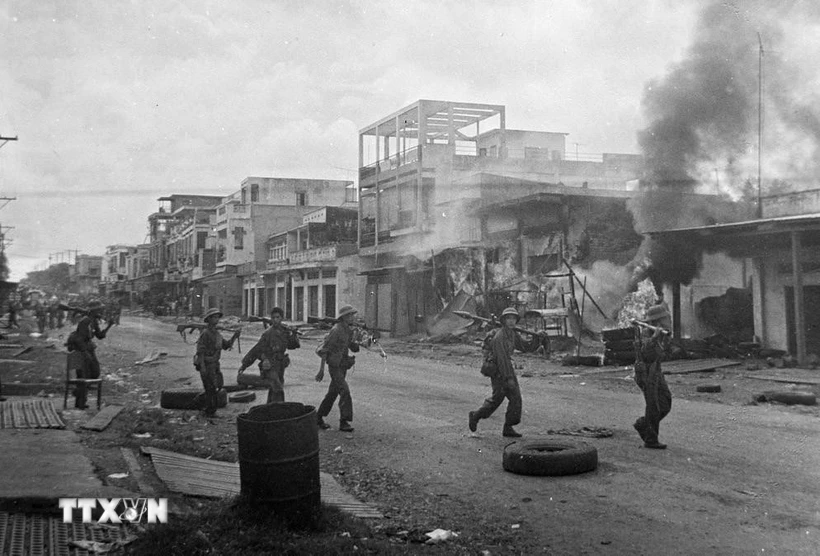





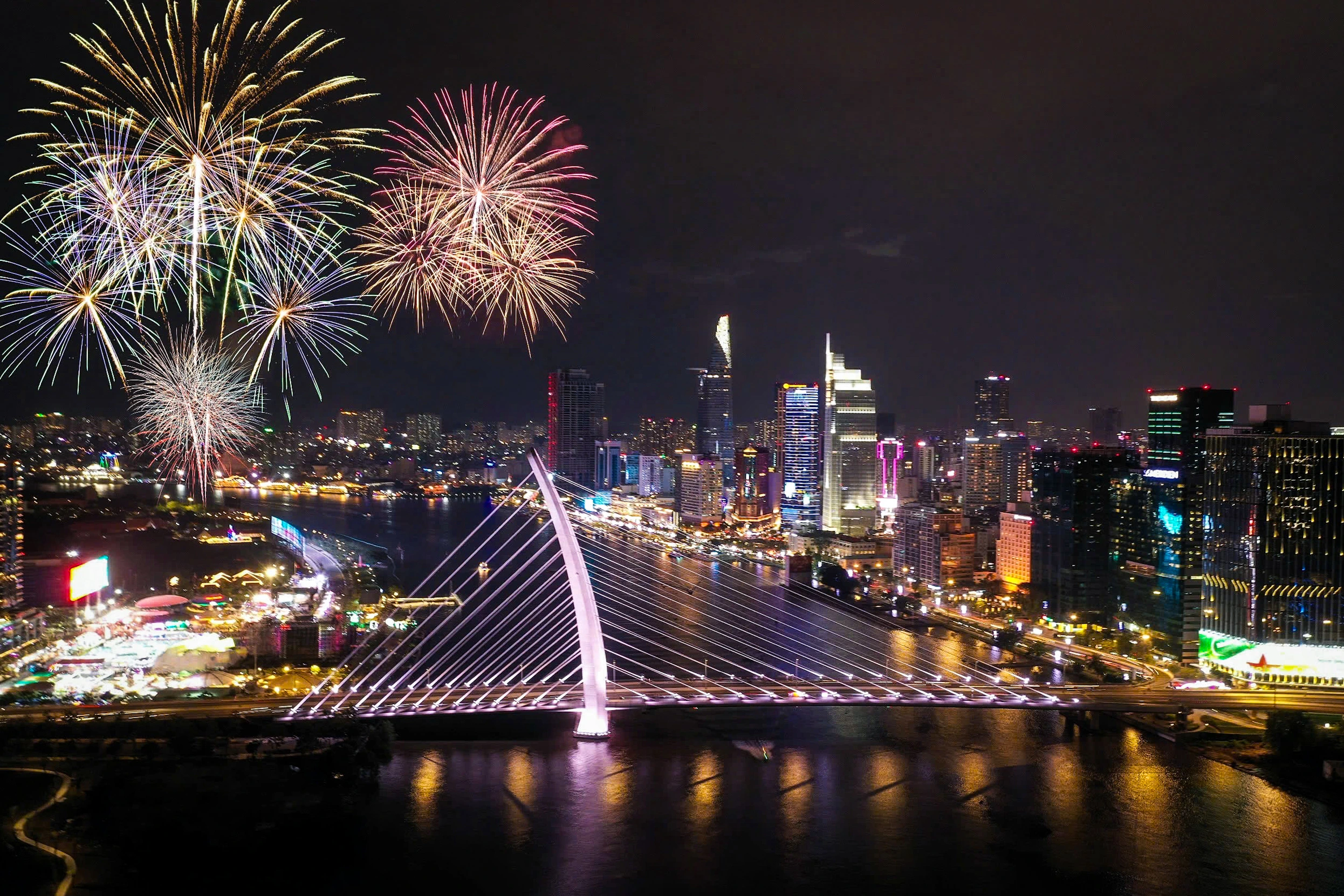
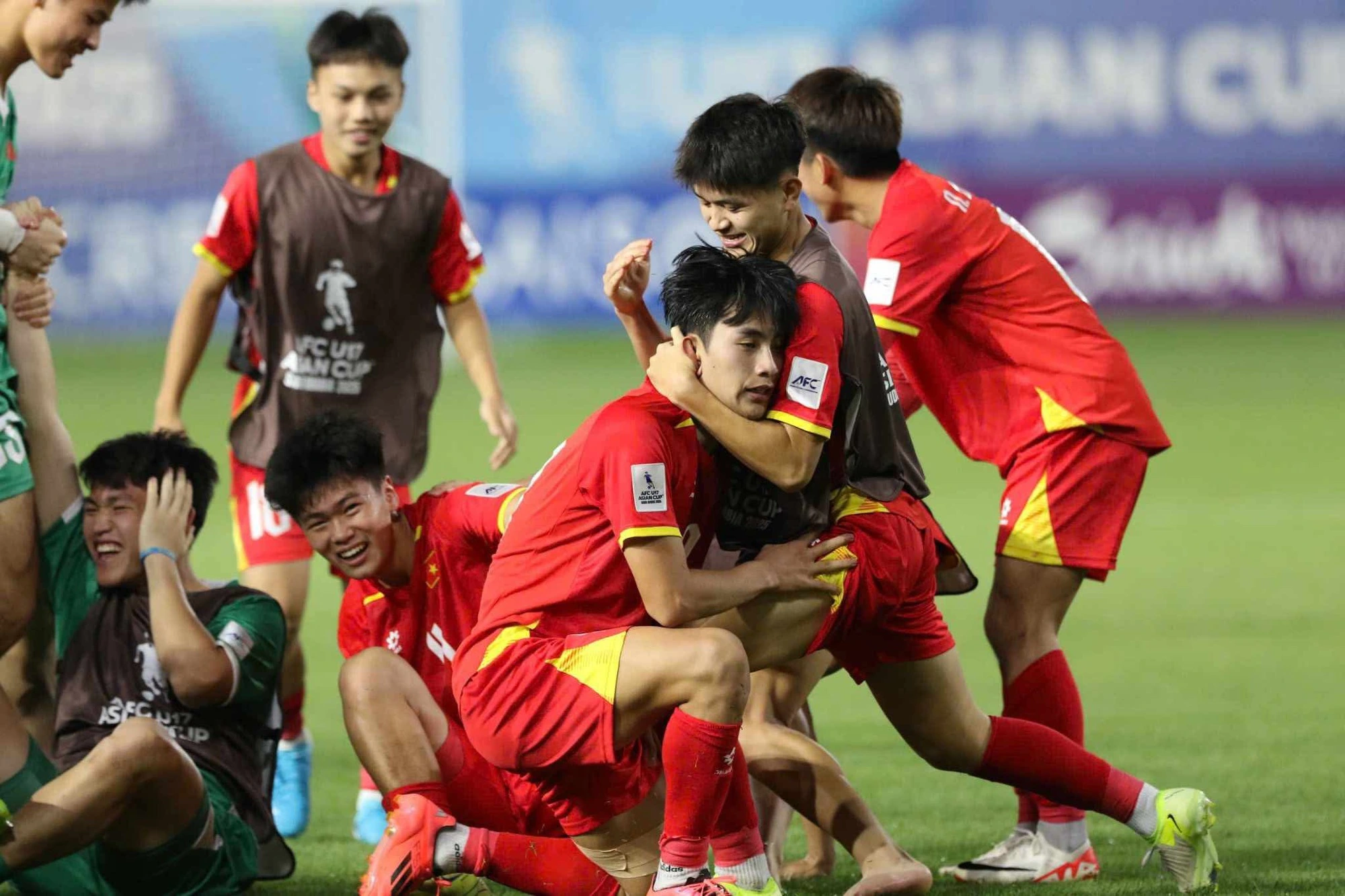
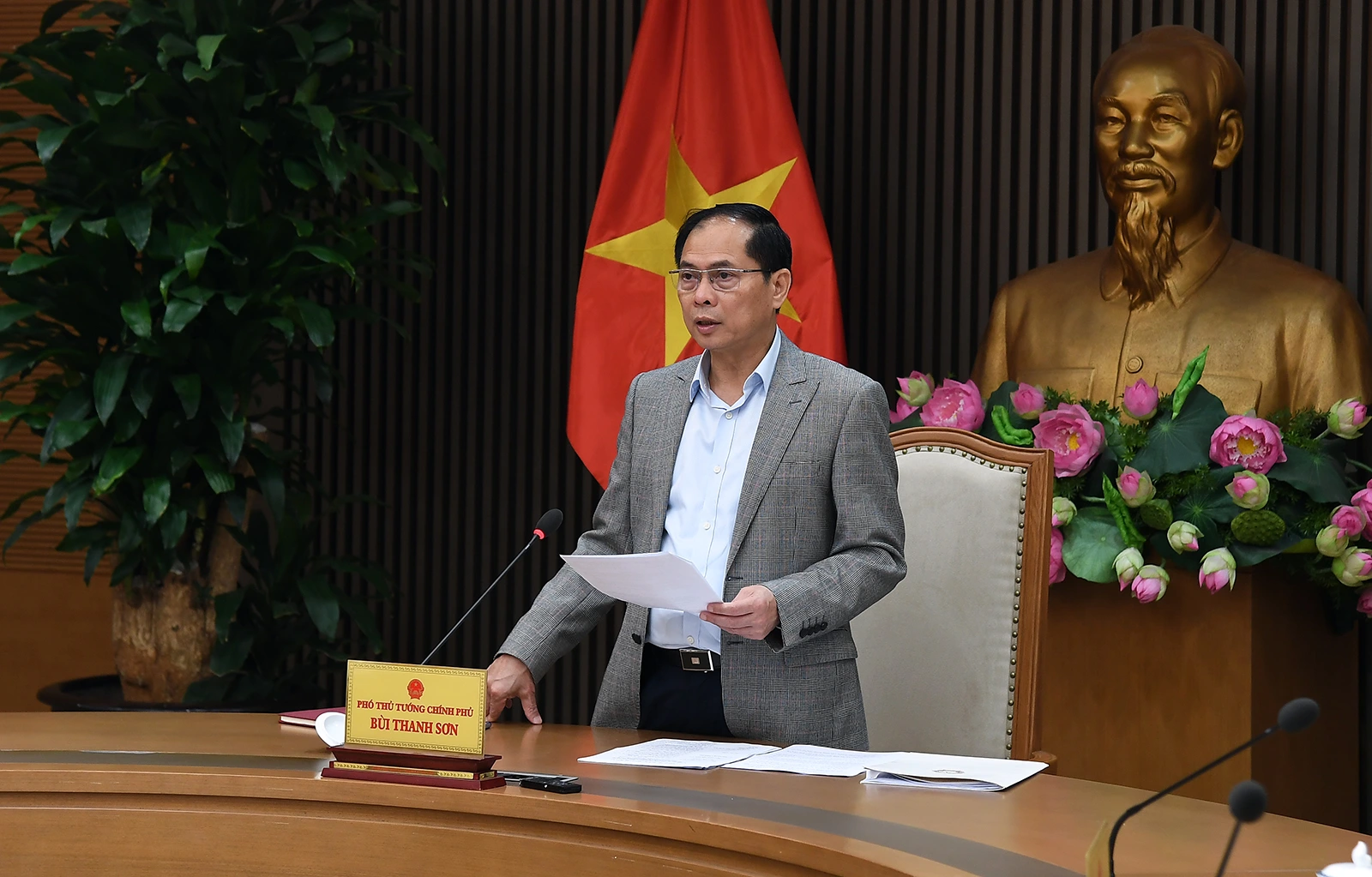
































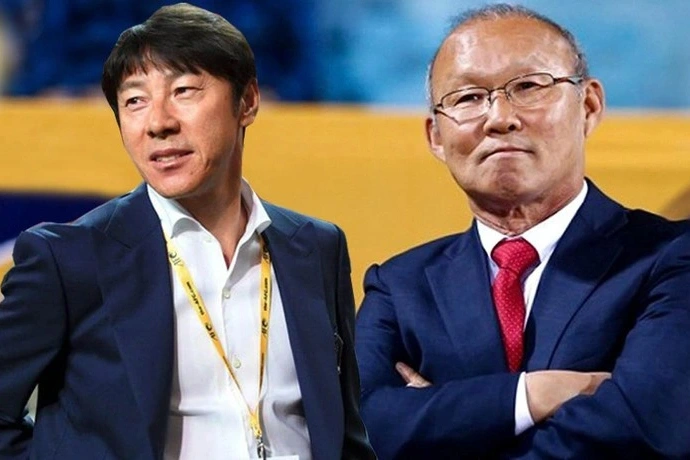


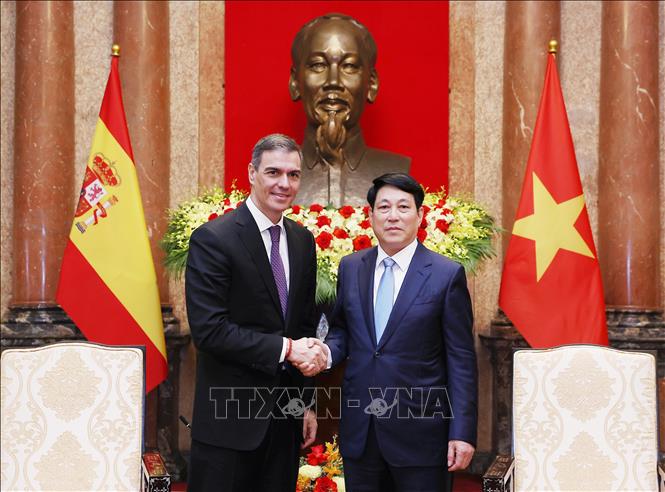








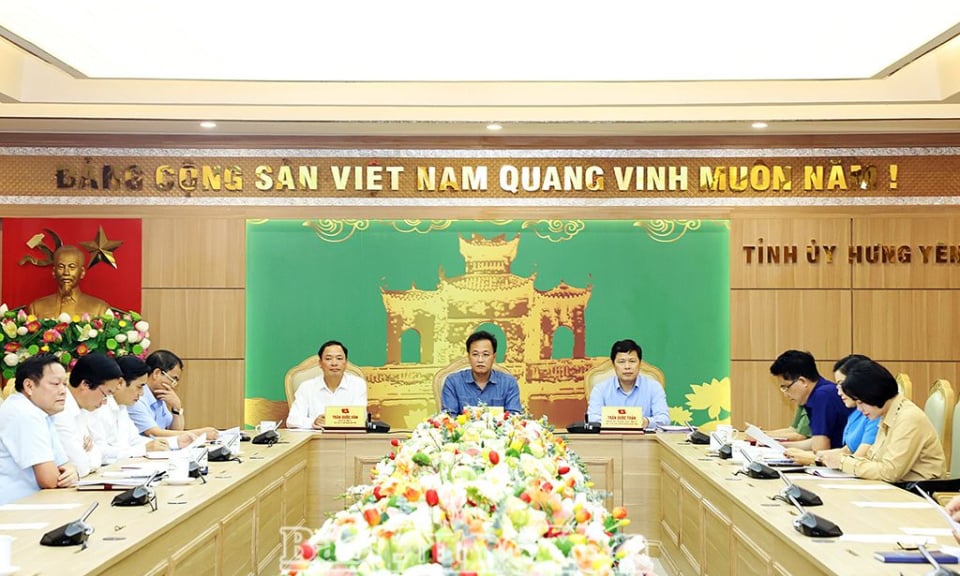
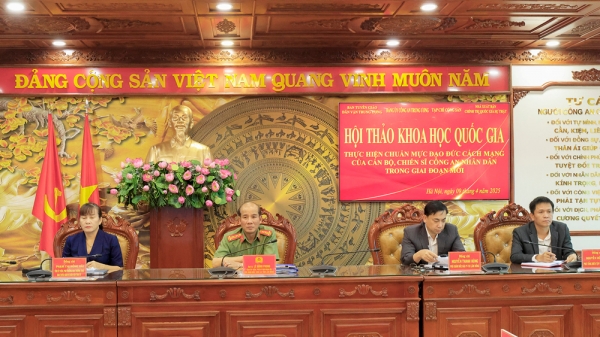
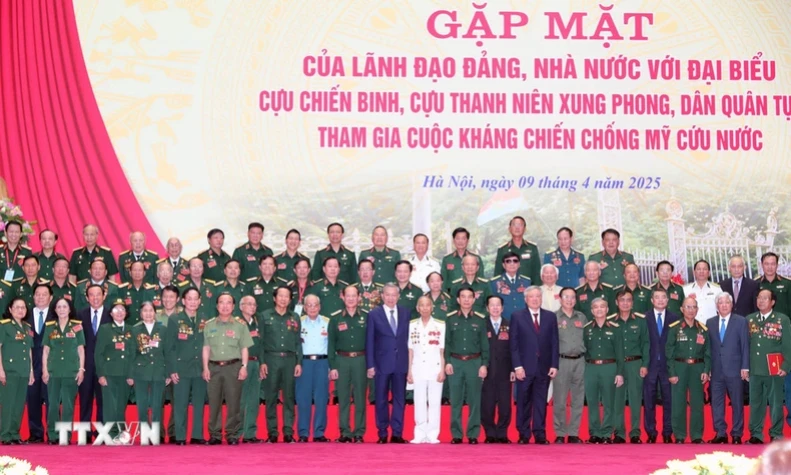
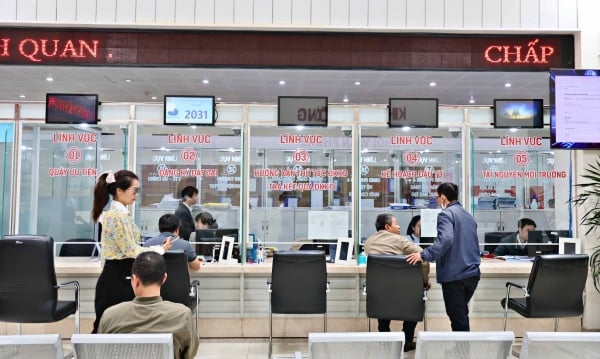
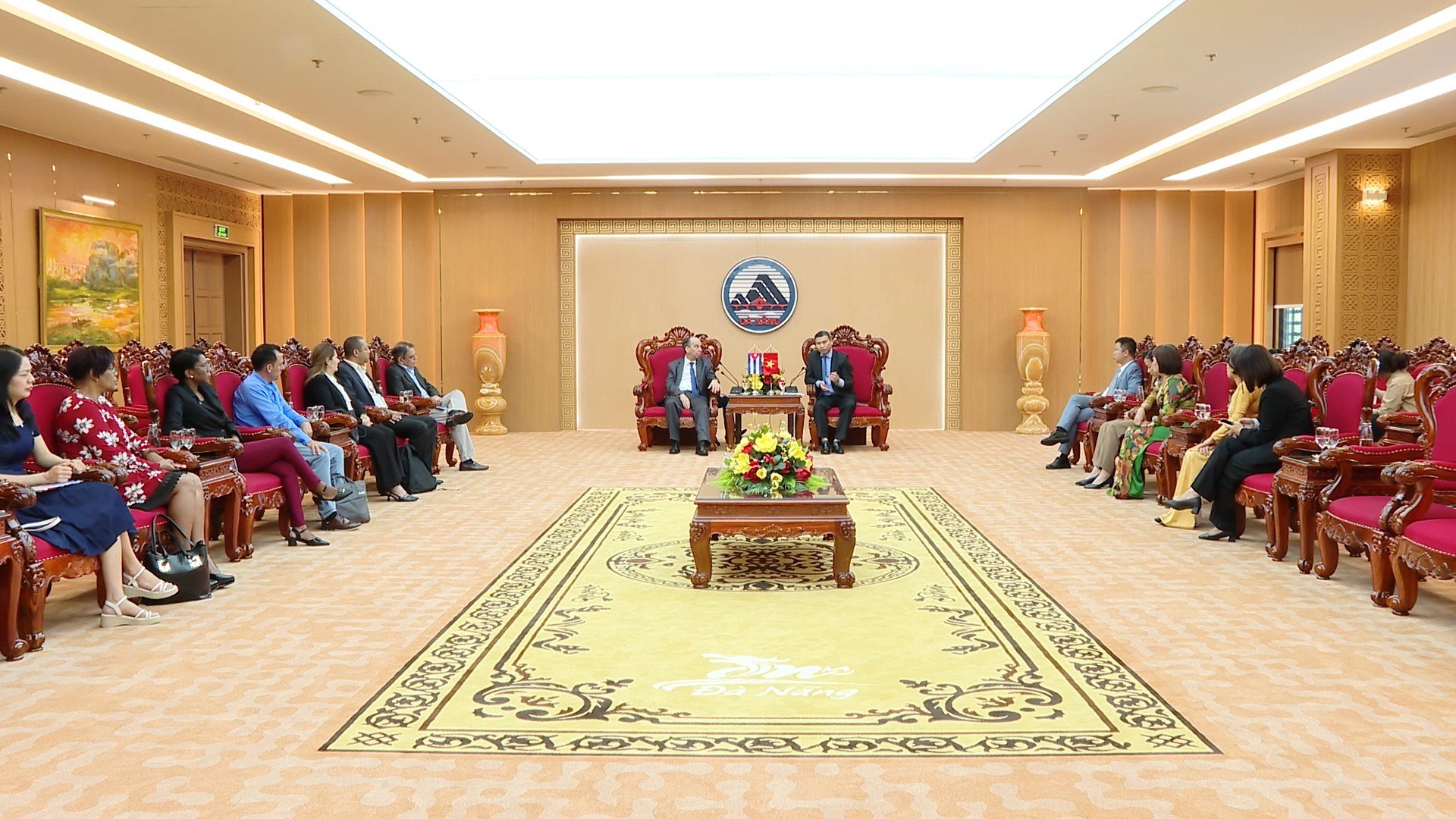











Comment (0)